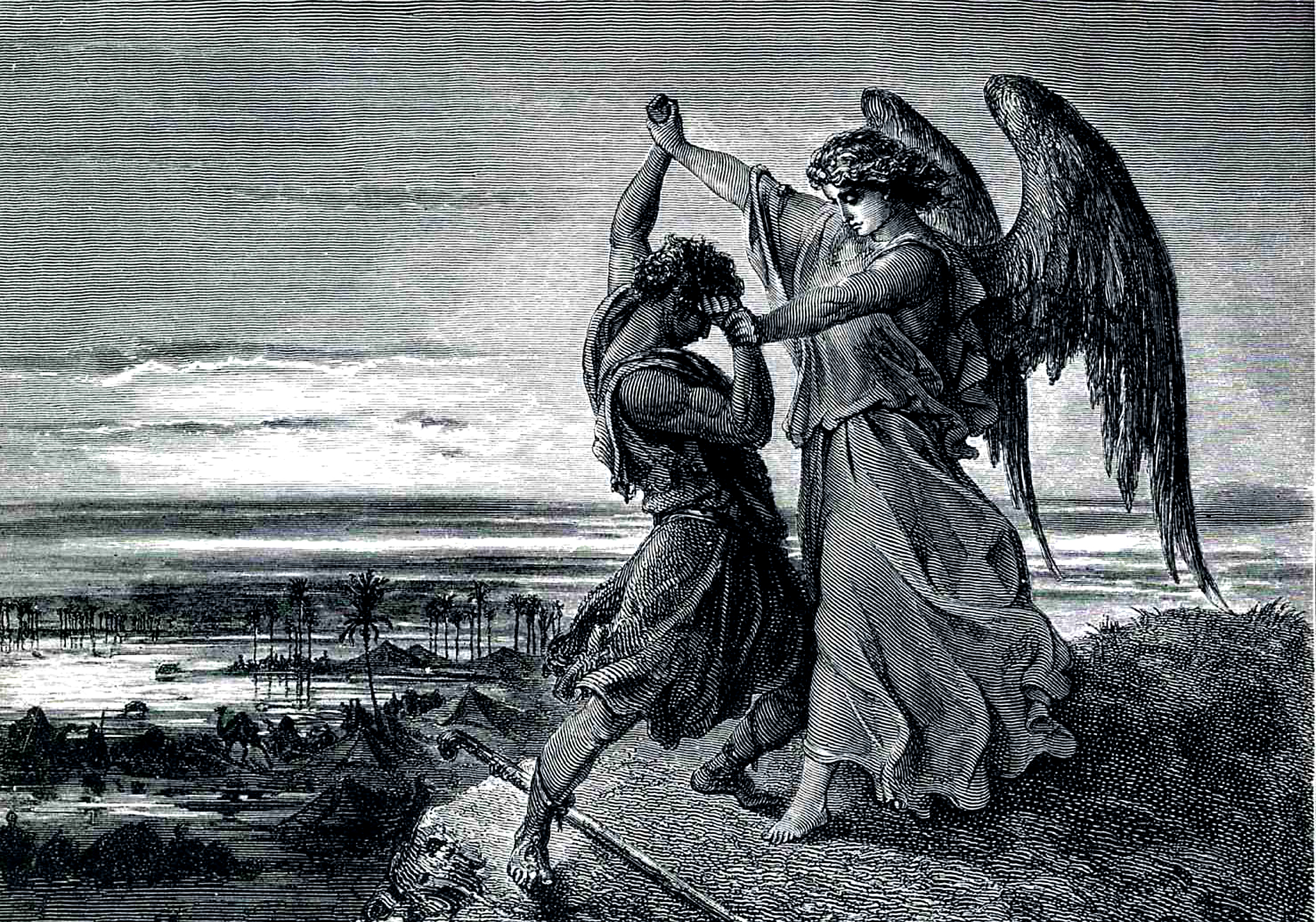I have written previously about the problems embedded with Monks in D&D. I say that as a guy who has always loved the class. Despite my love, there are some deeply problematic cultural stereotyping embedded in the class. The fact is, they default fiction of the class is a western misunderstanding of East Asian cultures and deeply lacking knowledge of the rich tapestry of martial arts that are found in the world.
I don’t think those original
So, how do you fix it? Well..you could try and rework the theming and naming to make the class a little more culturally neutral. Another option, and one I am going to explore, is just removing the class altogether.
How do you do that? I mean, it isn’t too hard to take a class out of the game. It hardly changes anything, really. There are still plenty of options available, the Monk is not exactly a core element of the game. It is not like removing Rogue or the Fighter. So it can be done, but there are some stylistic elements people may miss.
For one thing, playing a character who beats up bad guys with just their fists does not really work without the Monk. No other class currently supports that. For another, the mystical warrior aspects exist in other classes, but they lack some of the autonomy of the class. You can still reflect the unarmed combatant, that maybe doesn’t need equipment as much to be impressive. You just need to add a few things. You need a new fighting style, some feats, and some subclasses. You want to be a more skill-based unarmed combatant, then maybe a Fighter or Rogue will work. If you want something more mystical you might go with a Barbarian or a Paladin. Maybe a Sorcerer?
This will take a few posts, but I am going to lay out some things that should work if
The Fighting Style
The first step is to make a fighting style that can be used by classes that use fighting styles; the Paladins, Fighter, And the Ranger.
Unarmed Fighting
The Base Damage for unarmed attacks is 1d4. Additionally, if you make an unarmed attack, you may make an additional unarmed attack as a bonus action.
Fighters
Some of the various Fighter subclasses can work well with an unarmed combat style and can sort of fill in the gameplay gaps you might be looking for with the Monk missing.
Champion
Their Improved Critical and Remarkable Athlete abilities certainly lend themselves to the image of the physical perfection shown in the stereotypical martial artist. The added fighting style might seem an odd match but many martial artists in various cultures use a mix of weapons along with open hand skills.
Battlemaster
This is an obvious choice, but with one proviso. One of the common phrases in the Battlemaster maneuver descriptions is “with a weapon attack” which would seem to preclude the unarmed combat style. If you are, in fact, removing Monks from your game, just change those to “with a weapon or unarmed attack.” Otherwise, the rest is pretty much perfect. You often get extra damage or interesting effects from the maneuvers which would reflect monk-like abilities.
Eldritch Knight
Eldritch Knight is your solution for the magical martial artist here. The spellcasting allows a range of magical abilities not completely dissimilar to the Monk, but without the cultural baggage. We will see this again when I dig into Paladins. The Weapon Bond may be the useless ability here for the Unarmed combat fighter, but otherwise, you are fine. You would need to add the correction of “weapon or unarmed attack” to War Magic and Eldritch Strike abilities.
Other Fighters
Some of the others don’t mix as well, like the Arcane Archer or the Cavalier. Pick ones that work for the fiction you are trying to reflect with your fighter. A Samurai would need some elements completely reworked, which is sort of ironic given it share similar origins to the Monk in D&D. The Purple Dragon Knight is actually just fine. It does nothing to take advantage of Unarmed Fighting, but none of its abilities actually require a weapon.
I also wrote a fighter subclass, the Battler, to lean into the unarmed fighting master style as a fighter. It lacks the cultural stereotypes of the monk but it could be played as an open hand fighter from any culture.
Battler
These masters of combat focus on fighting with their bare hands and improvised weapons. Where some fighters might be able to hold their own in a bar brawl, the Battler is never unarmed, always using the weapons at hand.
Fist of Iron
At 3rd level If you have not yet taken the unarmed combat fighting style, you gain it in addition to any other style you know. If you have taken the Unarmed Combat Fighting Style then your base damage goes from 1d4 to 1d6.
The Quick Grip
In addition at 3rd level, you may attempt a grapple as a reaction to a melee attack. The attack will still hit whether the grapple succeeds or not.
Breaking Grip
At 7th level, if you succeed at a grapple check, the target must make an additional strength save or you disarm them of their weapon. This affect only work on targets with physical weapons as opposed to natural weapons such as claws.
Fists of Steel
Additionally, at
Fist of Mithral
At 15th Level, you are able to to master striking to the point that any weapon, including your body, is considered magical as regards Damage Resistance. Additionally, the base damage for unarmed and improvised weapons goes up to a 1d10.
The Bending Reed
Also at 15th Level, you have gained enough skill with fighting against unarmed combatants that some kinds of damage are just not as effective. Pick one type of damage (Slashing, Blunt, or Piercing) you have Damage resistance to that one type.
Fists of Adamantine
At 18th Level, your limbs become weapons of legends. The base damage for Unarmed and Improvised Weapon attacks is 1d12. In addition, on a successful Unarmed hit, you may double the number dice rolled. You may do this a number of times equal to your Strength modifier. This ability refreshes with a Long Rest.
Designer Notes: I have considered reworking this to include quarterstaffs and clubs. It is
Next post will introduce a Feat or two, and the Paladin subclass. Maybe more. I am still working on it.



One thought on “Removing Monks”
Comments are closed.